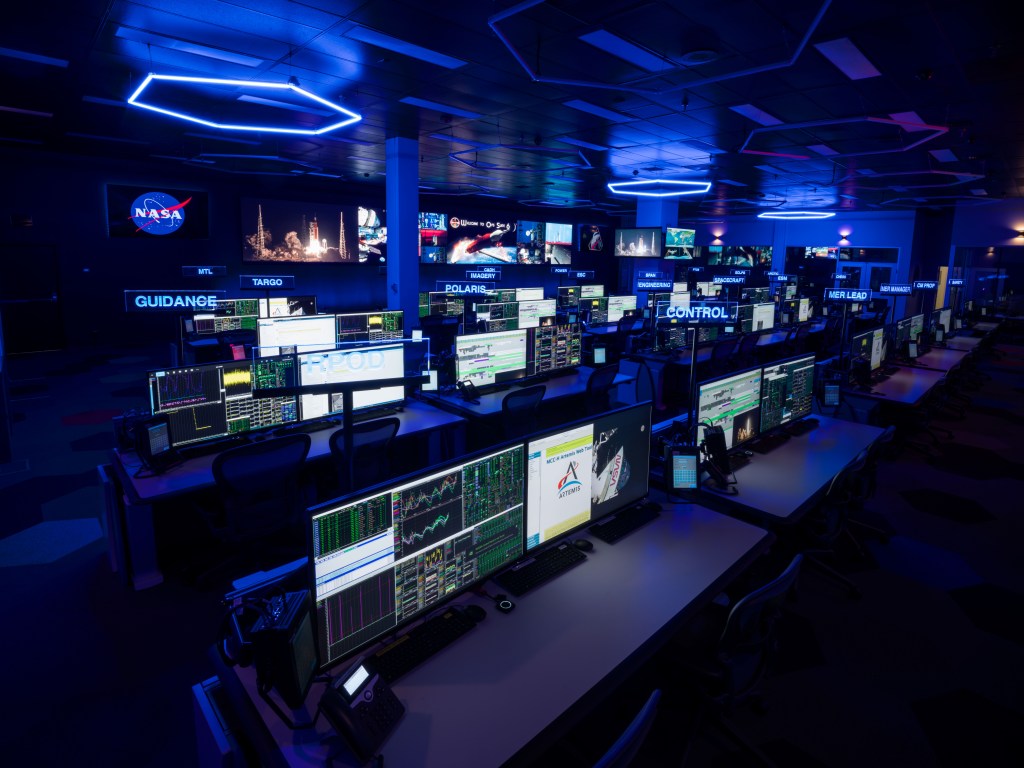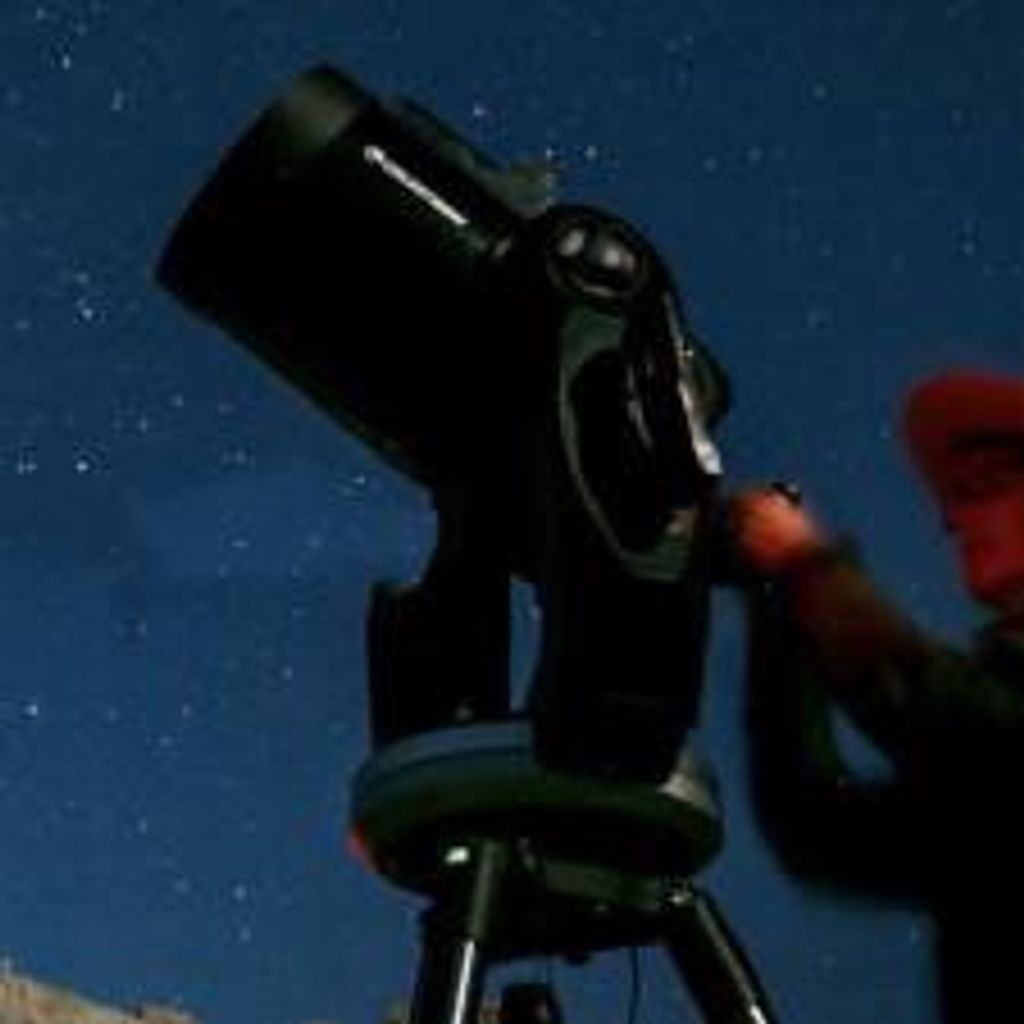What We Study
Space Biology Overview
The main objective of Space Biology research is to build a better understanding of how spaceflight affects living systems in spacecraft such as the International Space Station (ISS), or in ground-based experiments, and to prepare for future human exploration missions far from Earth. The experiments we conduct on these platforms examine how astronauts, plants, and animals regulate and sustain their growth in space. We examine processes of metabolism, reproduction, and development. We study how organisms repair cellular damage and protect themselves from infection and disease in conditions of microgravity. And we do it across the spectrum of biological organization, from molecules to cells, from tissues and organs, and from systems to whole organisms.
In addition to providing useful information on how living organisms adapt to spaceflight, the discoveries we make in space have enormous implications for life on Earth. Our research into the virulence of infections in space, bone density, and the growth of plants can impact the development of drugs that promote wound healing, treatments designed to counter osteoporosis on Earth, and high-tech fertilizers that increase crop yield. And that’s just the beginning.
Animal Biology
Cell and Molecular Biology
Microbiology
Plant Biology
Developmental, Reproductive and Evolutionary Biology
Physical Sciences Overview
NASA’s Physical Science Research Program has made contributions in two distinct areas: first, fundamental research, which investigates physical phenomena in the absence of gravity and fundamental laws of the universe, and provides new knowledge of scientific value and societal benefit, and second, applied research, which contributes to the basic understanding underlying space exploration technologies such as power generation and storage, space propulsion, life support systems, and environmental monitoring and control. Both have led to improved space systems or new products on Earth.
The International Space Station provides the highly desired condition of long-duration microgravity, allowing continuous and interactive research similar to Earth-based laboratories, even providing statistical validity when required. The program also has benefited from research collaborations with the International Space Station partners (Russia, Europe, Japan, Canada) and individual foreign governments with space programs, such as France, Germany and Italy.
NASA’s physical science research is organized into six disciplines – Biophysics, Combustion Science, Fluid Physics, Fundamental Physics, Materials Science and Soft Matter. Conducted in a nearly weightless environment, experiments in these disciplines reveal how physical systems respond to the near absence of buoyancy-driven convection, sedimentation or sagging. They also reveal how other forces, such as capillary forces, which are small compared to gravity, can dominate the system behavior in space. The data acquired from these investigations is stored in NASA's Physical Sciences Informatics System (PSI) and is available to the public.
Biophysics
Combustion Science
Fluid Physics
Fundamental Physics
Materials Science
Soft Matter
Research Platforms
Whether your objective is to support space exploration or better understand a physical or biological phenomenon by subjecting it to the unique conditions of spaceflight environments, NASA’s Biological and Physical Sciences Division (BPS) can help.
For spaceflight experiments, our team of experts works closely with researchers: from preparing the experiments for space flight to developing hardware and software specifications for engineers; and from designing test plans to analyzing the data. BPS is with you every step of the way as you push the boundaries of your research.
If you are interested in conducting biological and/or physical science research in space, there are many ways to get involved with NASA. Start with this introduction to BPS.
































